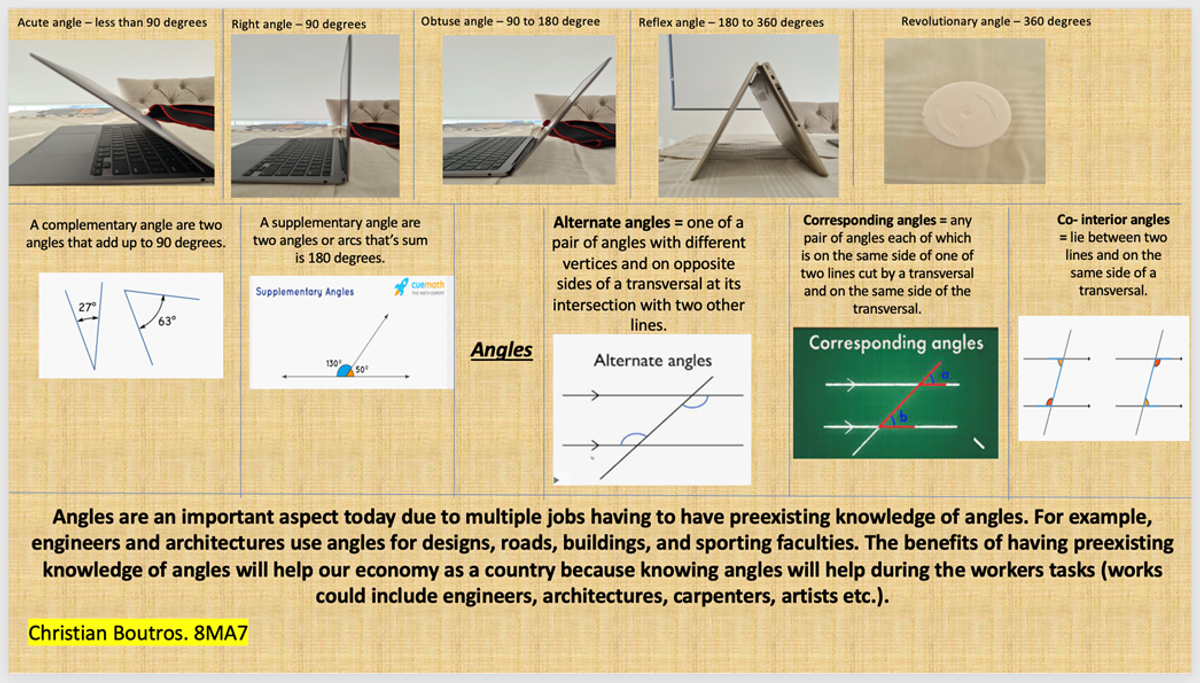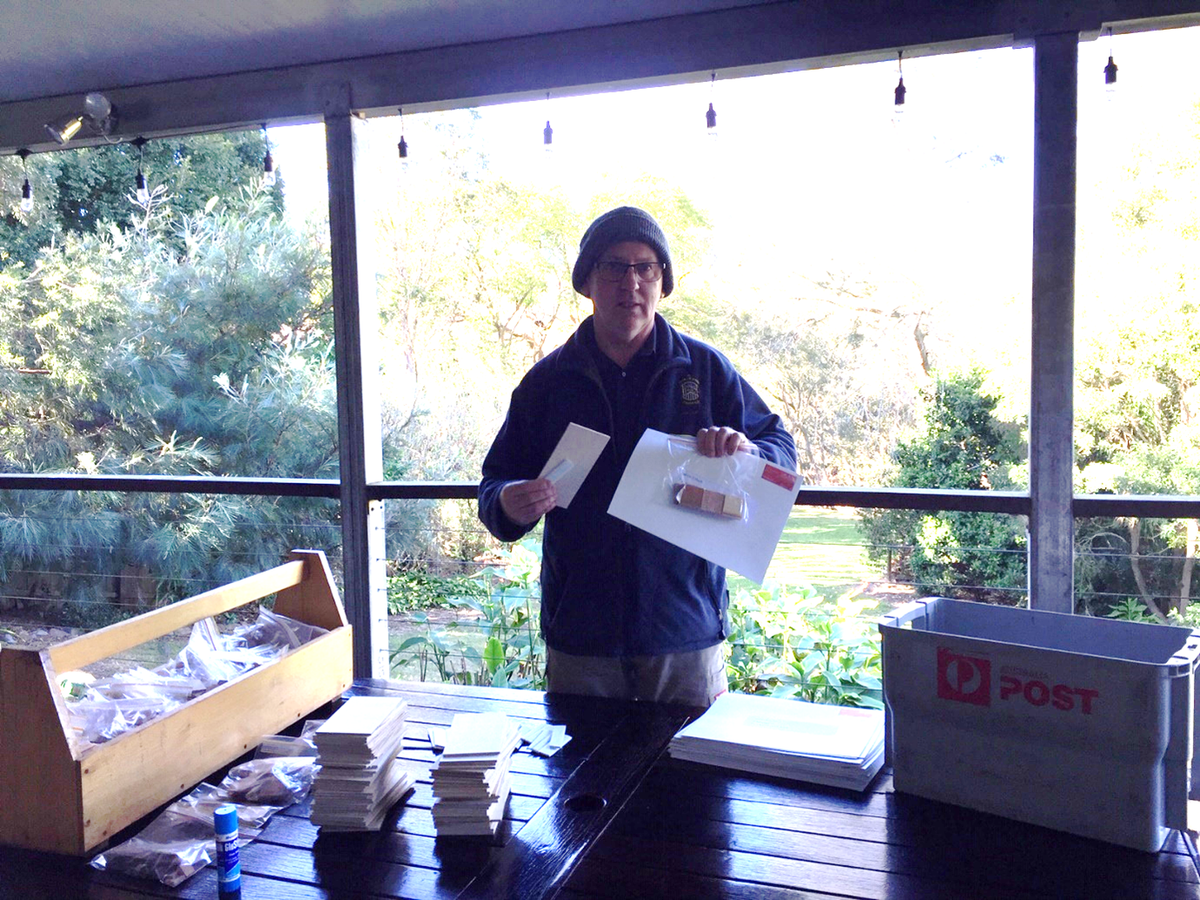Curriculum

Remote Learning and Pulse Survey Feedback
On Friday 6 August, students completed their second pulse survey designed to provide crucial information on their wellbeing and learning. Mr Simpson has written in detail about the pastoral aspects of the survey for secondary students in the Wellbeing section of this week’s Especean. Mr Munday has evaluated and responded to the Junior School experience separately, as the structures for remote learning and the needs of our primary students differ from those students in the Senior school. Whilst wellbeing and learning go hand in hand, the focus of this article is secondary students’ experiences of learning thus far during this remote period, and how we will respond as a college. The following points detail aspects of the survey in relation to learning and summary feedback:
Lesson delivery:
- The vast majority of students in Years 7 – 12 report favourably on the organisational aspects of remote learning and teacher availability throughout lessons, an improvement from 2020, reflecting a more concerted approach to consistent pathways and expectations across the College.
- Most students in Years 7 – 10 report that their workloads are comfortable, but the percentage of students saying they are allocated more work increases with grade level. Students in Years 5 – 10 should not be getting homework, and any upcoming assessments should have time allocated in class for completion. Students in Years 11 and 12 can be allocated homework as part of their senior study expectations, but teachers need to be mindful that any work set should be for consolidation or revision.
- Lesson engagement is the area where students are most divided in their perceptions, with students in younger years being more content with lesson design and older students asking for more interaction and variation.
The best remote learning lessons are those which include:
- chat, discussions, and collaboration
- a warm and inclusive environment fostered by the teacher
- balance between teacher talk and student interaction, independent work, and whole class sessions
- a clear structure and direction for lessons.
Suggestions for improvement and feedback on remote learning fall into three general categories:
- Collaboration and interaction – students are on their own at home and appreciating opportunities to not only hear from and connect with their teachers, but to work alongside and have discussions with their peers. They want more teachers to utilise the benefits of break-out rooms, cameras and unmuting of microphones to foster interactions with each other.
- Presence and involvement of the teacher – there is a clear preference for having the teacher present, live and interacting with the class. The emphasis is on interaction, however, as boys also like the back and forth of discussion as opposed to lengthy presentations and lectures.
- The desire for variation – some boys prefer to have work set and work offline independently, others want ongoing guidance from the teacher. Break-out rooms offer the capacity to provide this differentiated approach. Across all age groups, the boys also value the opportunity to have fun, do Kahoots or learning games, and just chat as a break from the monotony of isolation at home.
Overall, the boys are comfortable and happy, but as three weeks looks likely to turn into a full term, we need to ensure we are responding to the needs of our students and providing learning that fosters connections. I have been reading Doug Lemov’s book, Teaching in the Online Classroom (2020) which offers observations and tips from his experiences with educators across America over the past year of remote learning. His observations are closely aligned with our own approaches to learning, and remote learning. Below is an excerpt from my recent article for staff, summarising his chapter “Dissolving the Classroom”:
"Connections with our students are critical to students’ learning and wellbeing outcomes, and one of the most gratifying aspects of our work as teachers. As a colleague recently said, being present and available for our students connects us to our purpose – why we became teachers in the first place. The St Patrick’s College Learning Framework puts ‘Relationships’ first as core to learning, and this is especially crucial during periods of remote learning. Our approach to remote learning maintains that relationships are primary, and that our focus on learning is what enables us to stay connected during these difficult times. Recent pulse survey feedback from students reinforces that they appreciate many of the approaches to remote learning advocated by Lemov in this chapter".
Lemov states, “To Dissolve the Screen is to heighten and strengthen students’ awareness of the back-and-forth exchange that still exists between their teachers and themselves”
(p. 37). It is not just about caring for our students but connecting to students through the work that provides consistency, accountability, and connection all at the same time. The most powerful way we, as teachers, communicate that we care, is by teaching well. This competency builds trust.
Best wishes in these difficult times.
Denise Lombardo
Director of Learning and Innovation
Textbooks for the Class of 2022
Year 12 textbooks will be available for ordering soon. Information on how to order will be sent to parents and carers via email. Please check your email regularly.
Peggy Kwong
Textbooks List Coordinator
Year 8 Mathematics
During remote learning, one of the many topics we have started in Mathematics is the study of angles.
In geometry, students study two-dimensional shapes, three-dimensional objects, and position, before moving on to the study and application of angle relationships and the properties of geometrical figures.
One of the tasks that 8MA7 completed this week was to examine angles throughout today’s society and capture images at home of everyday items that create basic angles. By recognising basic angles in our everyday rhythms, our students developed an understanding that geometry is linked to measurement and recognised the importance of angles in the work of architects, engineers, designers, builders, physicists, land surveyors, etc.
Angles are everywhere and important in everyday situations, including in nature, sports, buildings, astronomy, art and even our pizza!
Below are some examples of the beautiful posters my Year 8 class created during remote learning as one of their tasks for online submission.
Michaela Hyo Jeong Lee
Mathematics Teacher
Back in the Saddle Again
The TAS Department continues to try and make courses interesting and engaging even during lockdown. This term, our Year 9 Industrial Technology Timber students were supposed to build a beautiful jewellery box with an improved parquetry design on the top. The timber ’tiles’ were sourced from scrap and some very nice pieces left over from the Year 12 projects.
Two young timber students in Year 11, Lachlan Barton and Ollie Hyde, spent many lunch times crafting the tiles for the Year 9 classes during Term 2. Lachlan also built the containers for them. We had timbers such as Rock Maple, New Guinea Rosewood, American Walnut, American Oak, Wenge, Queensland Maple and Jarrah, just to name a few. Not to leave our students behind, a sample of the tiles together with some blu-tack and a plywood base, were posted to all students in the three Year 9 classes. They now get to experiment with designs and placings so that they become familiar with the processes involved and the finishes required. This will hold them in good stead for when they arrive back at school.
TAS teachers are considering other ways of engaging students with more postal deliveries planned. Challenging times sometimes call for old fashion approaches. After all, there is nothing wrong with the postal system in our country!
Andrew Viney
TAS Faculty Leader
Human Society and Its Environment (HSIE) – preparing students for the contemporary world
Leading demographer Bernard Salt was the feature of a recent news article presented in The Australian. He suggested that working from home is the greatest social and cultural transformation in Australia since World War II and predicts the work from home (WFH) workforce could reach 15% of Australia’s total workforce in years to come.
At the same time, the Intergovernmental Panel on Climate Change, the United Nations Body for interpreting scientific data related to climate change, released a report in early August with the stark assessment that climate change is rapid, widespread, and intensifying.
Evidently, our HSIE students are living and learning in a world that is changing rapidly with the potential to deliver both positive and negative implications.
During remote learning, the Business, Commerce, Economics, and Geography curriculums have continued to teach our students how humans interact with the world, how society operates and the implications of a changing world. Furthermore, our teachers are working together to produce opportunities for the boys to evidence their knowledge and understanding. Teaching and learning are taking place in entirely digital forms through:
- cloud-based meeting and collaboration software like Microsoft Teams and OneNote
- the College’s online learning management system, Canvas
- online video and file sharing websites such YouTube and Edrolo.
HSIE teachers have been creating online learning environments with the intentions of developing the general capabilities of students to enable them to live and work successfully in the twenty-first century. To this end, there has been a continued focus on literacy, sustainability, and Australia’s engagement with Asia. For instance, our Year 7-10 Geography students have been tasked with expressing their knowledge of geographical processes that form and transform landscapes and landforms in Australia and Asia, and the implications of and responses to, changing natural environments, in various forms such as fact files, posters, and feature articles.
Additionally, our boys have been exposed to pedagogies targeting personal responsibility, ethical understandings, critical and creative thinking, and information and communication capabilities.
Consider the experiences of our Year 12 students for a moment. With the support of their teachers, they have been shifted into a highly independent learning framework. This has required students to adopt a large degree of self-discipline, flexibility, and willingness to embrace digital methods of engaging in ethically responsible ways with teachers, peers, and course content.
Methods of assessment and feedback between teachers and students has also moved to purely online platforms. From classroom discussions and break out rooms in Teams, dialogue between staff and students via Teams chat messaging and email, through to word processed feedback issued via communication channels on Canvas, the boys have undertaken a large degree of self-reflection in consultation with their teachers.
Considering that three in every four Australians now work in the service industry, an industry which is becoming increasingly digitised and structured in a way that enables and requires people to have more than just technical capacities, perhaps there has never been a more important time since World War II for adolescent boys to learn about the curriculum offerings within the HSIE Faculty. Especially if your son is looking to find his way in a dynamic world.
Luke Reynolds
HSIE B Faculty Leader


